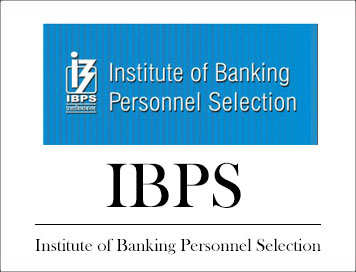
Study Materials for IBPS, Bank Exams : Numerical
Ability/Quantitative Aptitude - Time and Work
Work
Work to be done is generally considered as one unit. It may be digging a
trench constructing or painting a wall, filling up or emptying a tank, reservoir
or a cistern.
General rules to be followed in the problems on Time and Work
1. If Acan do a piece of work in n days, then work done by Ain 1 day is
1/n. ie,if a person can do some work in 12 days, he does 1/ 12th of the work in
one day.
2. If A s 1 day’s work = 1/n, then A can finish the whole work in n days.
ie, if a person’s one day work is 1/10, then he can finish the whole work in 10
days.
3. If A is thrice as good a workman as B, then ratio of work done by A and
B = 3 : 1. ie, if a man works three times as fast as a woman does, then when the
work is complete, 3 parts of the work has been done by the man and 1 part by the
woman.
4. If A is thrice as good a workman as B, then ratio of time taken by A
and B = 1 : 3. ie, if the woman takes 15 days to complete the work, then the man
takes 5 days to complete the same work.